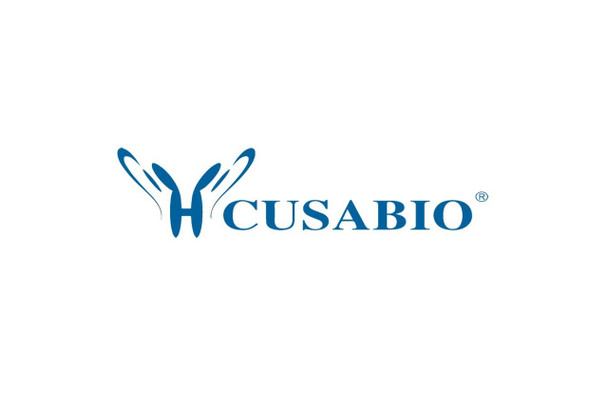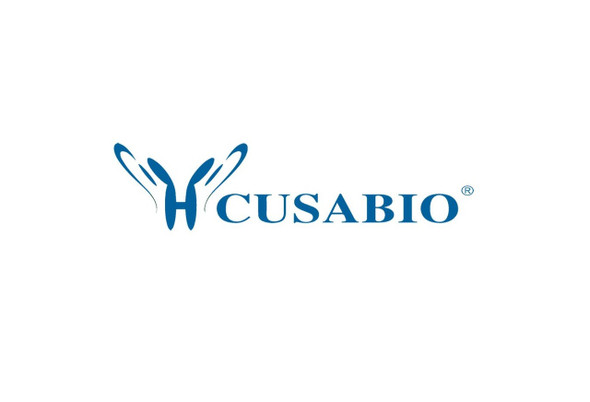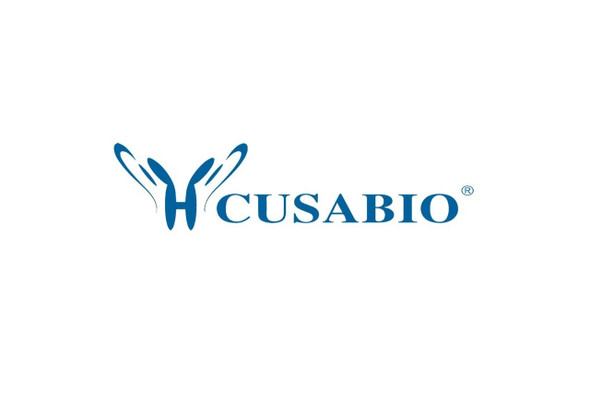Cusabio Human Recombinants
Recombinant Human Small ubiquitin-related modifier 4 (SUMO4) | CSB-EP718803HU
- SKU:
- CSB-EP718803HU
- Availability:
- 13 - 23 Working Days
Description
Recombinant Human Small ubiquitin-related modifier 4 (SUMO4) | CSB-EP718803HU | Cusabio
Alternative Name(s): Ubiquitin-like protein which can be covalently attached to target lysines as a monomer. Does not seem to be involved in protein degradation and may modulate protein subcellular localization, stability or activity. Upon oxidative stress, conjugates to various anti-oxidant enzymes, chaperones, and stress defense proteins. May also conjugate to NFKBIA, TFAP2A and FOS, negatively regulating their transcriptional activity, and to NR3C1, positively regulating its transcriptional activity. Covalent attachment to its substrates requires prior activation by the E1 complex SAE1-SAE2 and linkage to the E2 enzyme UBE2I.
Gene Names: SUMO4
Research Areas: Cell Biology
Organism: Homo sapiens (Human)
AA Sequence: MANEKPTEEVKTENNNHINLKVAGQDGSVVQFKIKRQTPLSKLMKAYCEPRGLSVKQIRFRFGGQPISGTDKPAQLEMEDEDTIDVFQQPTGGVY
Source: E.coli
Tag Info: N-terminal GST-tagged
Expression Region: 1-95aa
Sequence Info: Full Length of BC130305
MW: 37.7 kDa
Purity: Greater than 90% as determined by SDS-PAGE.
Relevance: Small ubiquitin-like protein 4
Reference: "A M55V polymorphism in a novel SUMO gene (SUMO-4) differentially activates heat shock transcription factors and is associated with susceptibility to type I diabetes mellitus." Bohren K.M., Nadkarni V., Song J.H., Gabbay K.H., Owerbach D. J. Biol. Chem. 279:27233-27238(2004)
Storage: The shelf life is related to many factors, storage state, buffer ingredients, storage temperature and the stability of the protein itself. Generally, the shelf life of liquid form is 6 months at -20?/-80?. The shelf life of lyophilized form is 12 months at -20?/-80?.
Notes: Repeated freezing and thawing is not recommended. Store working aliquots at 4? for up to one week.
Function: Ubiquitin-like protein which can be covalently attached to target lysines as a monomer. Does not seem to be involved in protein degradation and may modulate protein subcellular localization, stability or activity. Upon oxidative stress, conjugates to various anti-oxidant enzymes, chaperones, and stress defense proteins. May also conjugate to NFKBIA, TFAP2A and FOS, negatively regulating their transcriptional activity, and to NR3C1, positively regulating its transcriptional activity. Covalent attachment to its substrates requires prior activation by the E1 complex SAE1-SAE2 and linkage to the E2 enzyme UBE2I.
Involvement in disease:
Subcellular Location:
Protein Families: Ubiquitin family, SUMO subfamily
Tissue Specificity: Expressed mainly in adult and embryonic kidney. Expressed at various levels in immune tissues, with the highest expression in the lymph node and spleen.
Paythway:
Form: Liquid or Lyophilized powder
Buffer: If the delivery form is liquid, the default storage buffer is Tris/PBS-based buffer, 5%-50% glycerol. If the delivery form is lyophilized powder, the buffer before lyophilization is Tris/PBS-based buffer, 6% Trehalose, pH 8.0.
Reconstitution: We recommend that this vial be briefly centrifuged prior to opening to bring the contents to the bottom. Please reconstitute protein in deionized sterile water to a concentration of 0.1-1.0 mg/mL.We recommend to add 5-50% of glycerol (final concentration) and aliquot for long-term storage at -20?/-80?. Our default final concentration of glycerol is 50%. Customers could use it as reference.
Uniprot ID: Q6EEV6
HGNC Database Link: HGNC
UniGene Database Link: UniGene
KEGG Database Link: KEGG
STRING Database Link: STRING
OMIM Database Link: OMIM










